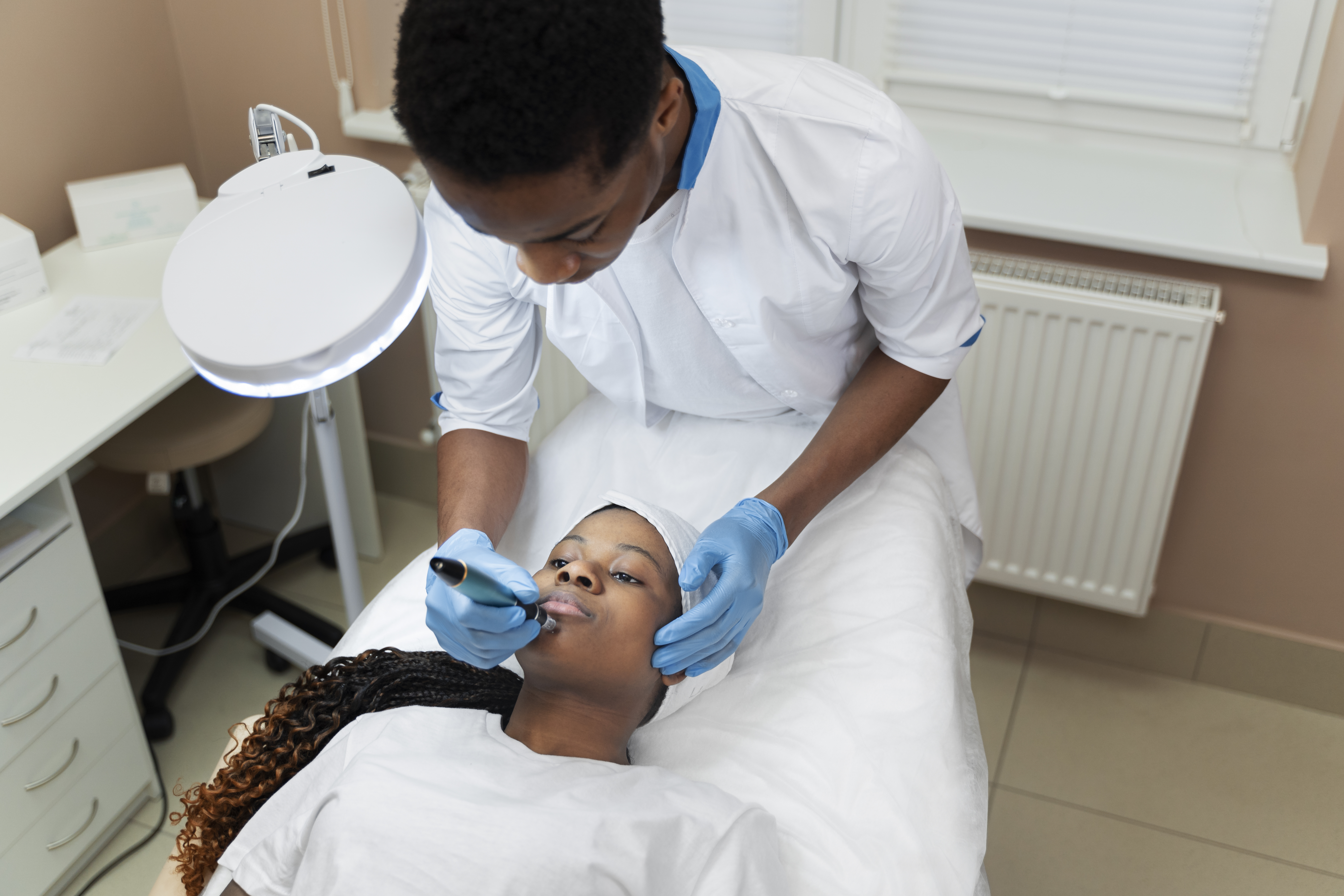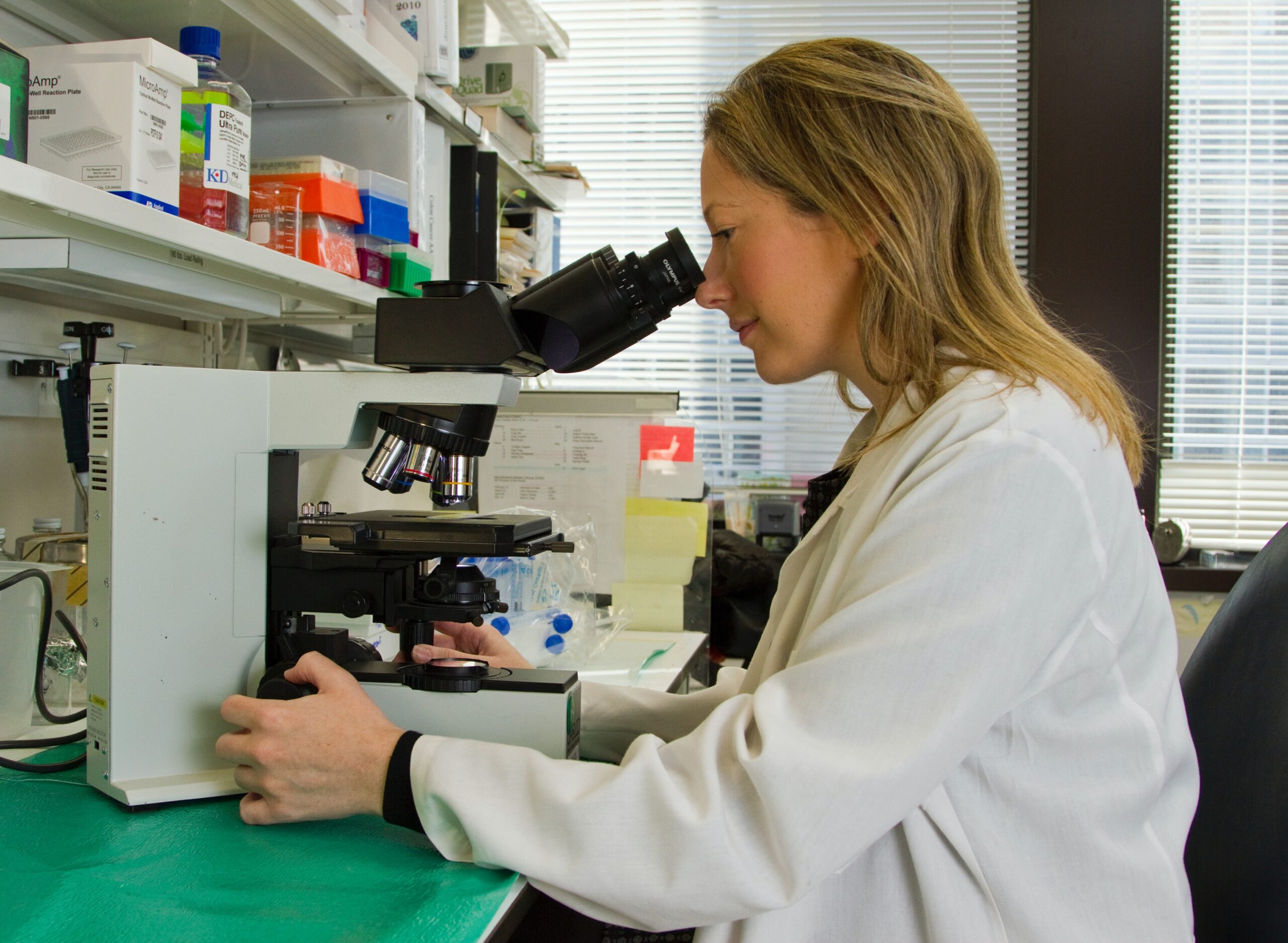Leech bite treatment has existed from ancient times to today’s modern world. It offers one of the best ways to increase circulation, speed up healing, and improve blood flow. The best thing about seeking this type of treatment today is that it occurs in a sterile environment.
Below, we’ll provide you with a comprehensive overview of leech therapy.
Historical Context of Leech Therapy
The historical context of leech therapy is one of the first things you will learn in a leech therapy course. This historical context will take you back to the 1500s when the leech therapy method was used by ancient civilizations such as:
- Egyptians
- Aztecs
- Mayans
- Mesopotamians
- Chinese
Leech bite treatment became very popular in the 17th to 19th century. During that period, countries, especially in Europe, imported hundreds of millions of leeches for treatment. They used the leeches for bloodletting, believing they could cure illnesses such as;
- Brain disorders
- Bruising
- Gout
- Headaches
However, during the 20th century, the use of leeches for treatment was reduced due to advances in modern medicine. But in the 21st century, more and more individuals are now adopting leech therapy, often combining it with other forms of modern therapy or medicine.
The Science Behind Leech Therapy
The primary tool used in leech therapy is medicinal leeches. These medicinal leeches boast have three jaws with tiny teeth. They use their teeth to pierce a patient’s skin and use their saliva to insert anticoagulants.
Anticoagulants prevent blood clots and help reduce the risk of serious conditions such as heart attacks and strokes. After inserting the anticoagulants, the leeches will then extract blood for about 20 to 45 minutes per treatment session. The amount of blood extracted is approximately 15 milliliters per leech.
Understanding Modern Leech Therapy
Modern leech therapy uses carefully farmed leeches bred in a sterile environment. This breeding in a sterile environment ensures that they are safe for use. Also, before use on a patient, hirudotherapists sanitize the leeches and then anesthetize and dispose of them as medical waste after use.
Thus, modern leech therapy prioritizes the safety of this treatment method, from leech farming to leech use. In addition, modern leech therapy focuses on areas such as:
- Dermatology
- Cardiovascular diseases
- Reconstructive surgery
- Plastic surgery
- Microsurgery
Understanding Leech Therapy: How It Works
The process of leech therapy is rather straightforward. A leech therapist will attach live leeches to a targeted area. The primary goal of placing the leeches in the problematic area is to utilize the benefits of leech saliva secreted when the leeches feed.
The leech’s saliva comprises medicinal bioactive components, such as collagenase and hyaluronidase enzymes. These medicinal bioactive components are the primary contributors to the following leech therapy benefits:
- Painkilling
- Blood clots dissolving
- Blood thinning
- Anti-inflammation
- Anti-coagulation
- Immune system boosting
- Antibacterial effect
- Increased blood flow effect
- Prevention of tissue death
One thing to note is that the leeches will leave a Y-shaped and small wound, which heals without leaving a scar.
Safety and Ethics of Leech Therapy
Safety and ethical considerations are incredibly vital in leech therapy. These considerations ensure that patients receive the best possible outcome. Below are some of the safety and ethical considerations necessary in leech therapy:
Patient teaching
A leech therapist should educate the patient about the leech therapy process, explaining the entire procedure to the patient and their family members. This patient education helps the patient know what to expect.
Written consent
A written consent is crucial before leech therapy application. A leech therapist must ensure that patients sign a written consent before the procedure begins. This written consent indicates a patient’s willingness to undergo the treatment.
Dispose of a used leech
Leech therapists should never use a leech more than once, as doing so can facilitate the transmission of severe infectious diseases. After use, dispose of it as medical waste.
Provide post-bite wound care
Leech therapists must regularly observe the leech bite wounds to ensure that there is no local infection. They should also use a sterile swab moistened with sterile water to remove local clots.
Clinical Studies and Research
Several clinical studies and research have been conducted on leech therapy and its application. For instance, clinical trials on patients with osteoarthritis have shown that leech therapy can produce positive outcomes.
The leech’s saliva, with its anesthetic and anti-inflammatory properties, helps reduce tenderness and pain in the affected joint. Apart from osteoarthritis, clinical studies and research also show that leech therapy can benefit patients with:
- Skin problems
- Hemorrhoids
- Varicose veins
- Hypertension
- Arthritis
In Conclusion
Leech therapy has spread widely from ancient to modern times. The widespread is mainly because of the leech therapy benefits, such as increased blood flow and blood clot prevention.
Have you ever used leech therapy? If yes, what was your experience with this leech treatment method?


